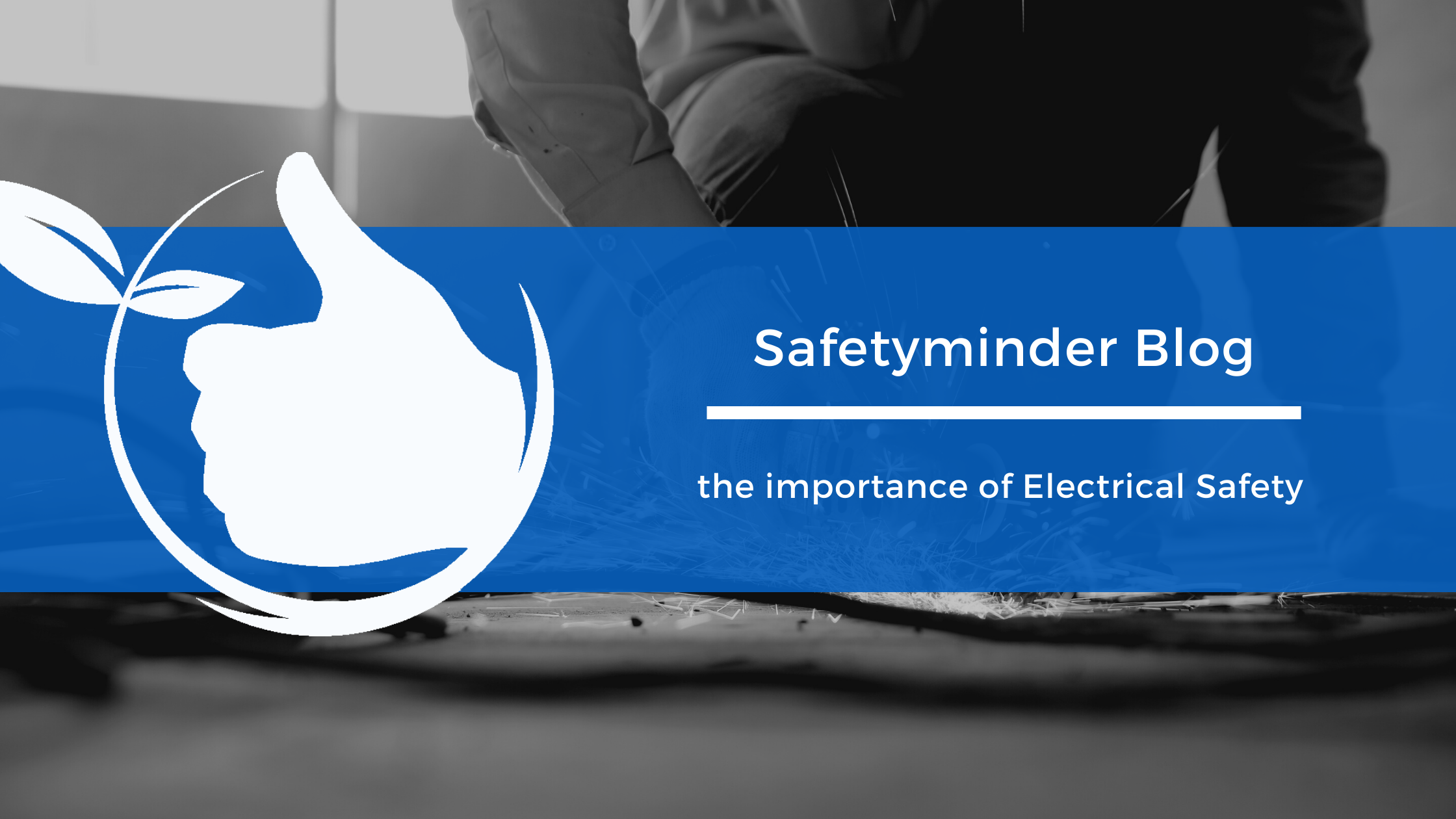
Risks associated with electricity
The risk of death or injury from electricity is strongly linked to where and how it is used. For example, the risks are generally higher if it is used:
- Outdoors or in damp surroundings—equipment may become wet and may be at greater risk of becoming damaged.
- In cramped spaces with earthed metalwork. For example, inside a tank or bin it may be difficult to avoid receiving an electrical shock if an electrical fault develops.
Some types of equipment can also involve greater risk than others, for example:
- Portable electrical equipment including plugs and sockets, electrical connections and to the cable itself are especially vulnerable to damage.
- Extension leads, particularly those connected to equipment that is frequently moved, can suffer similar problems.
Work health and safety duties
Companies must manage electrical risks in the workplace so they are eliminated so far as is reasonably practicable, or if this isn’t possible, minimised so far as is reasonably practicable.
Higher risk workplaces
Depending on the workplace additional duties to manage electrical risks are required. Higher risk workplaces using certain electrical equipment must:
- regularly test that electrical equipment
- use RCDs.
Higher risk workplaces are those where operating conditions are likely to damage the equipment or reduce its life span. This includes conditions that expose the equipment to moisture, heat, vibration, mechanical damage, corrosive chemicals and dust. Examples include:
- wet or dusty areas
- outdoors
- workplaces that use corrosive substances
- commercial kitchens
- manufacturing environments.
Solar power systems
Installing, operating, and maintaining solar power or photovoltaic (PV) systems is often high risk. Even if disconnected from the mains electrical supply or shutdown at the switchboard, PV systems can be energised by sunlight or stored energy in batteries.
Solar panels are typically installed on a roof so there are also risks from working:
- near overhead electric lines and equipment
- at height, including falls from roof or through ceiling space
- in ceiling spaces, including exposure to asbestos, extreme heat, energised electric lines, and
- outdoors, including exposure to ultraviolet radiation, heat, wind, and other weather conditions.
Construction work carried out on or near energised electrical installations or services is high risk construction work and requires a Safe Work Method Statement.
Inspect, test and tag
Regular inspecting and testing of electrical equipment can save lives. It helps identify damage, wear and electrical faults.
You can detect many electrical defects such as damaged cords just by examining them, but regular inspection and testing will make sure you detect electrical faults and deterioration you can’t see.
Companies must ensure electrical equipment is regularly inspected and tested if it is supplied with electricity through an electrical socket outlet and used in a ‘hostile operating environment’. A ‘hostile operating environment’ is an environment in which the normal use of electrical equipment exposes the equipment to operating conditions that are likely to result in damage to the equipment or a reduction in its expected life span, including conditions that involve exposure to moisture, heat, vibration, mechanical damage, corrosive chemicals or dust.
Inspections and testing must be carried out by a competent person, which depending on your jurisdiction might be a licensed or registered electrician or a licensed electrical inspector. The nature and frequency of inspection and testing depends on factors such as the nature of the electrical equipment, how it is used, and its operating environment. For advice on inspection and testing for your workplace, seek the advice of a competent person.
As a general rule, electrical equipment used in ‘hostile operating environments’ should be tested at least once every 12 months.
Residual-current devices
RCDs—also known as RCCBs or safety switches—are electrical safety devices that immediately switch off the electricity supply when electricity leaking to earth is detected at a level that is harmful to someone using electrical equipment.
You must use an RCD if the electrical equipment used in your workplace is:
- supplied with electricity through a socket outlet (plug-in electrical equipment)
- used in conditions likely to damage or reduce its expected life span.
Overhead and underground electricity lines
Before starting any work near overhead and underground lines, you need to assess the risks and plan how these will be managed:
Overhead lines:
- heights, sway and sag of lines
- nature, height and shapes of loads
- approach distances and work zones.
Underground lines:
- identify cable location, for example if you’re going to repair pot-holes
- talk to asset owners
- use insulated hand tools.
Dial Before You Dig
Dial Before You Dig is a free national referral service designed to prevent damage and disruption to the underground asset (pipes and cables) networks that provide Australia’s essential services. These underground assets include electrical cables.
Dial Before You Dig acts as a single point of contact so there is no need to contact individual underground asset organisations to get accurate information about the location of underground electrical cables and other asset networks at your work site.